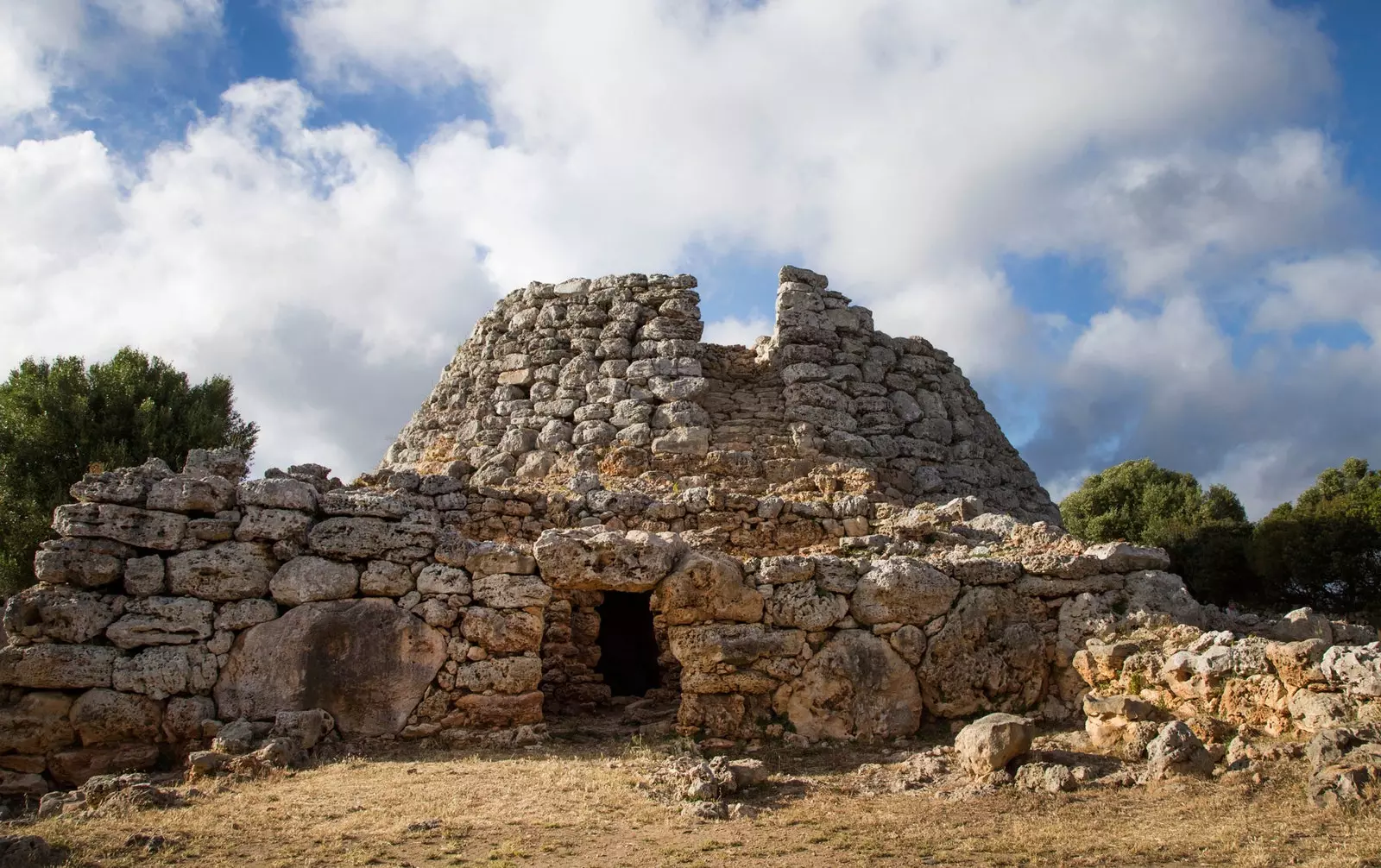
Cornia Nou
The Talayotic culture in Menorca spans no less than two millennia: from 2,300 BC until the Roman conquest in 123 BC.
More than 1,500 deposits in just 700 square kilometers of surface dating back to the prehistory of this Balearic island deserve recognition and for this reason, Menorca has presented its candidacy for UNESCO World Heritage.
Talayotic Menorca, a cyclopean island odyssey is the title of the project with which the island returns to apply as a World Heritage Site based on one of its unique cultural identity signs.
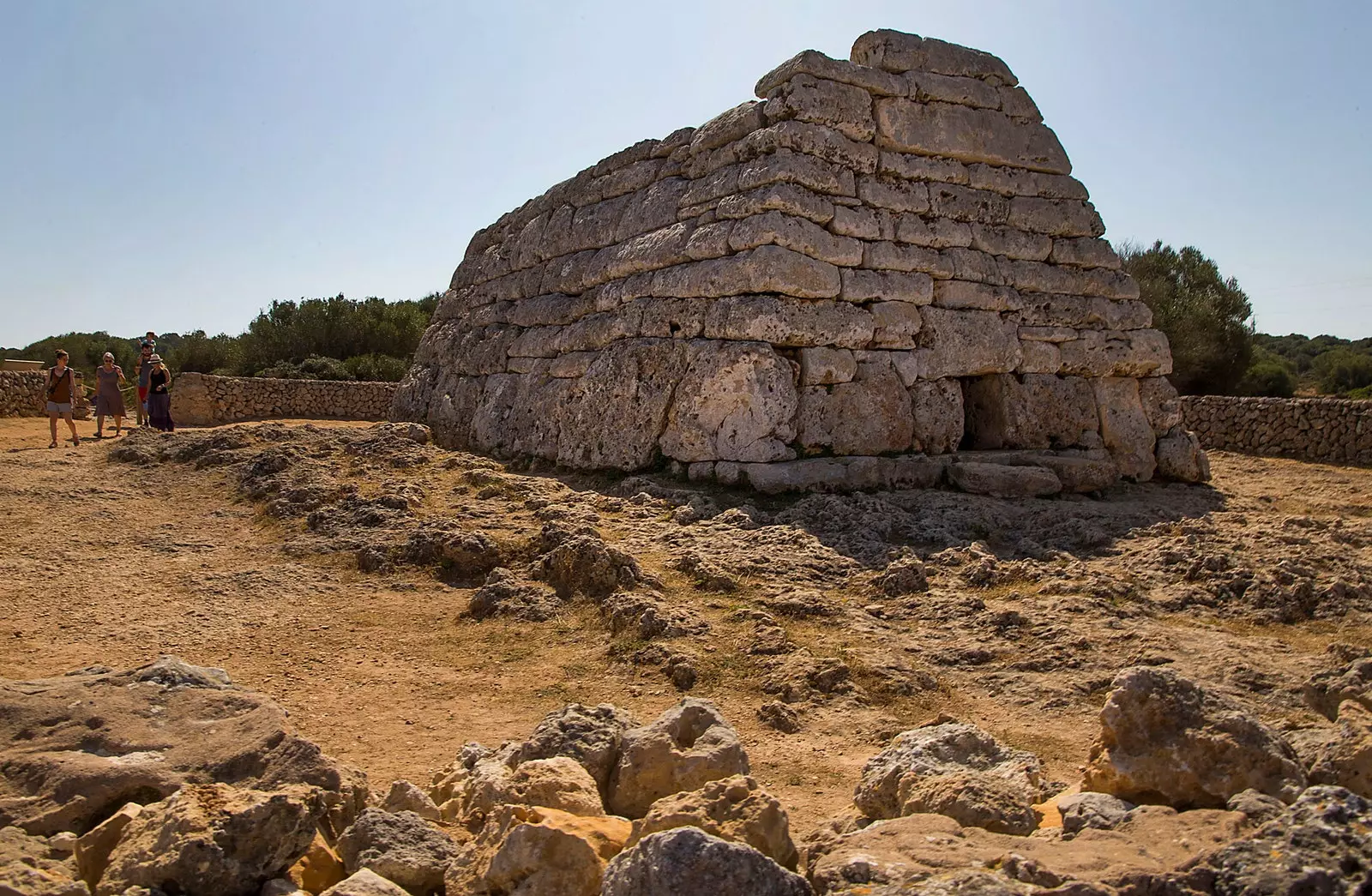
Nave des Tudons
HISTORY INTEGRATED IN THE LANDSCAPE
Three years after the first attempt, which was postponed to reformulate some aspects, Menorca has presented at UNESCO a renewed project that is based on the integration of its prehistoric monuments in the landscape of the island and its harmonious relationship in a living and active territory.
This is the only new candidacy that the Spanish Ministry of Culture has presented this year to such an important recognition, whose final decision will be known in 2022.
Throughout the Menorcan territory, we find navetas, talayots, taulas, towns and necropolises that together form an archaeological heritage of incalculable value and unique in the world.
The essence of the new rethinking focuses on the landscape as a harmonious and integrating link between the place and the monuments most representative and singular of the prehistory of Menorca.
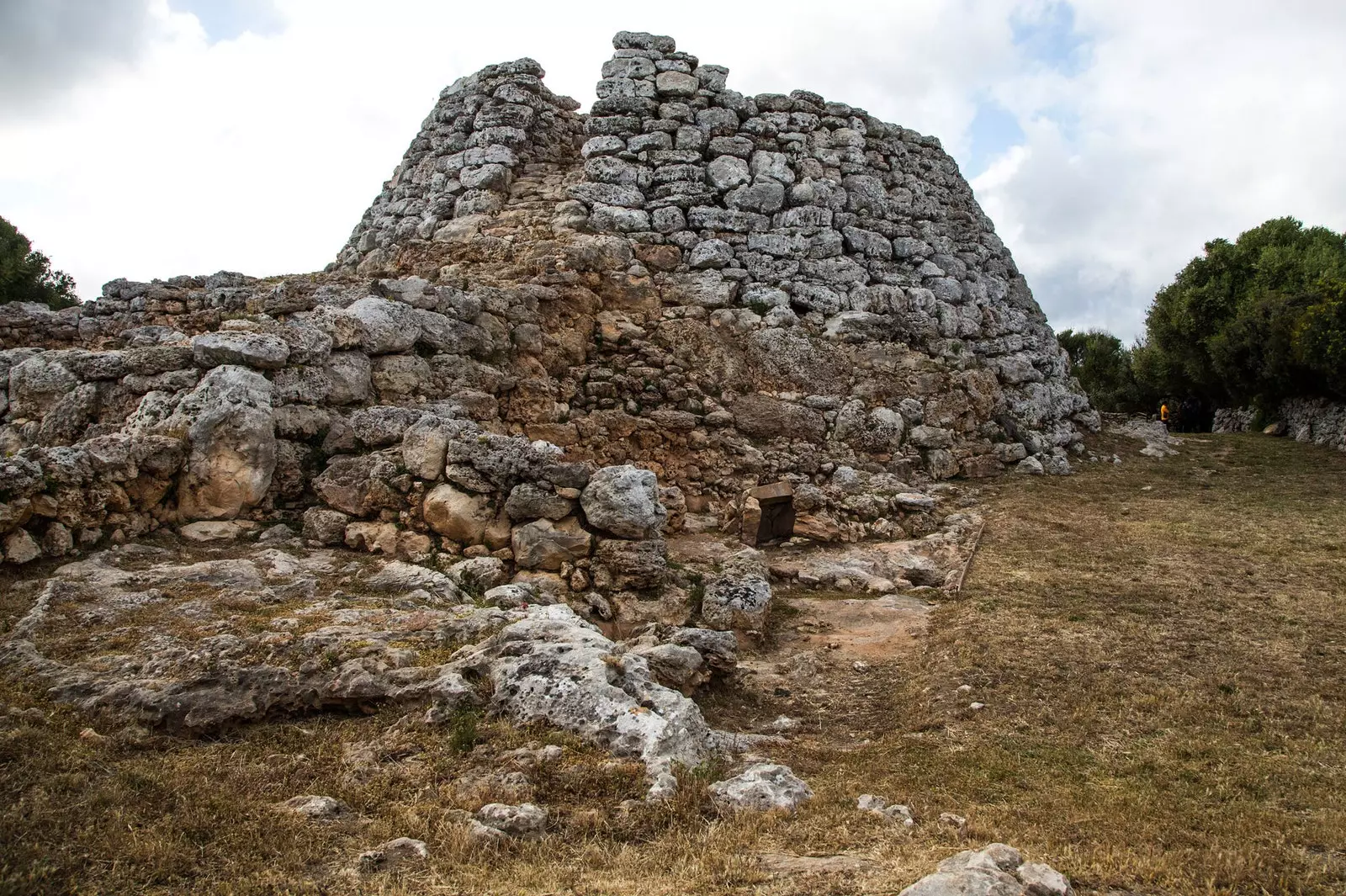
Cornia Nou
TRAVELING TO MENORCAN PREHISTORY
In this ambitious project they have chosen different territorial areas in which we find a diversity of monuments that illustrate the prehistoric stage of the island.
Four of them belong to Mao's entourage: The taulas of Trepucó and Talatí de Dalt, the talaiot of Cornia Nou and sa Torreta de Tramuntana.
We find another four near Ciutadella: La Naveta des Tudons, the Torrellafuda and Torretrencada taulas, and the town of Son Catlar.

Necropolis in Cala Morell
Two, in the Alaoir environment: The town of Torre den Galmés and the taula of Torralba den Salort. And one to Ferreries: The navetas of Son Mercer de Baix, sa Cova des Coloms.
He also joins them the illa den Colom, in front of Es Grau. And we are mentioning only some of the 1586 archaeological sites present on the island.
Not all of them can be visited or easily accessible, therefore, among all of them, the following have been selected: those that best represent and synthesize the insular prehistory and are accessible to all those who want to know Talayotic Menorca. You can consult them here.
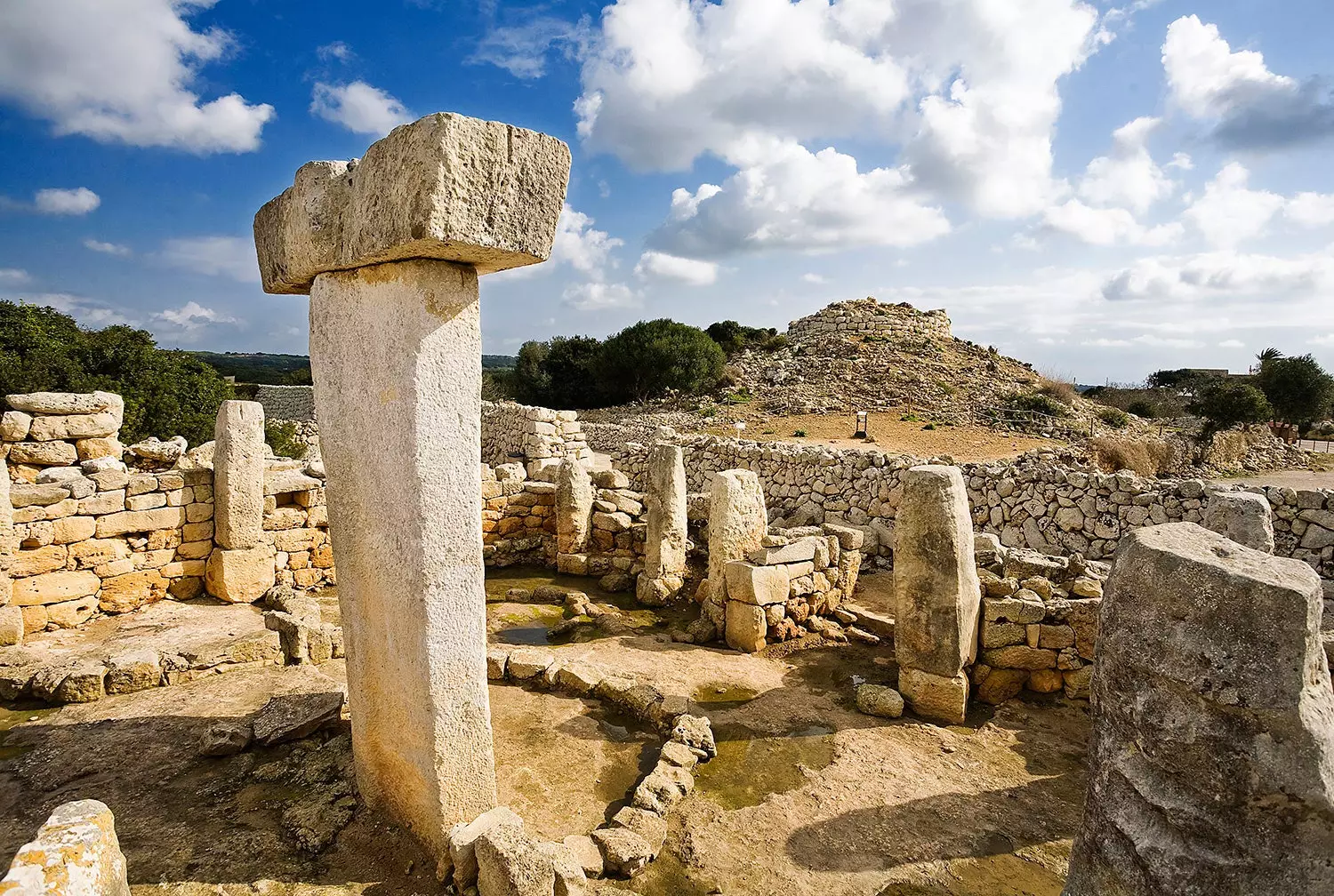
Torralba de Salort
GUIDED VISITS
All those who wish to enter the fascinating world of Talayotic culture can join the excursions that Menorca has been organizing for five years: Som talaiòtics.
This program includes a series of Free monthly guided tours to discover the sites.
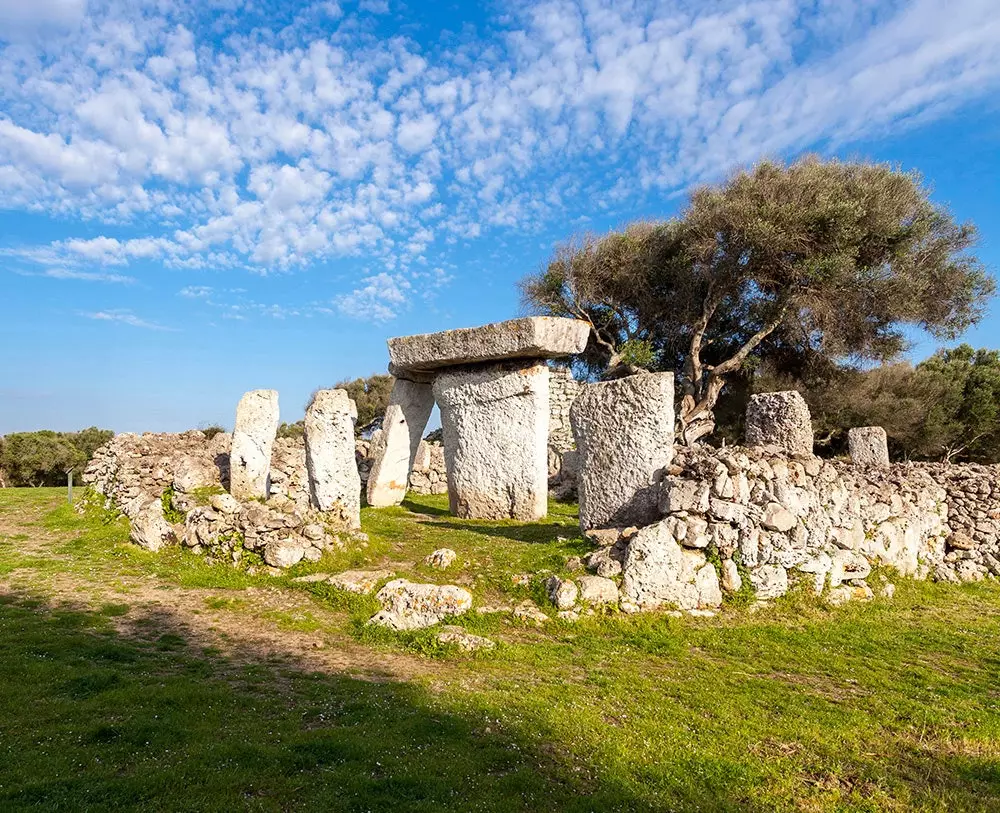
Talatí of Dalt
Next Sunday, November 8, at 9 a.m., the visit will be to the talayotic settlement of Biniparratxet (Sant Lluís), near Maó airport, where a circular house and a talayot (truncated cone-shaped watchtower) stand out.
The December 13th , also at 9 a.m., will be the turn of the the talayotic settlement of Binicalaf (Maó), one of the least known on the island, and the talayot of Binixíquer, one of the most monumental in terms of its diameter.
You can make your reservation on the phone 971,350,762.
